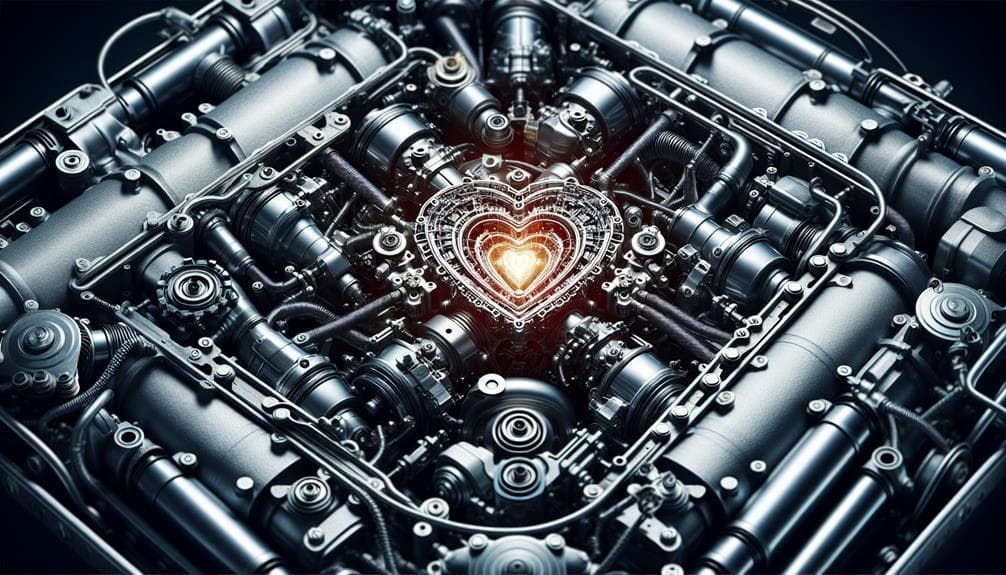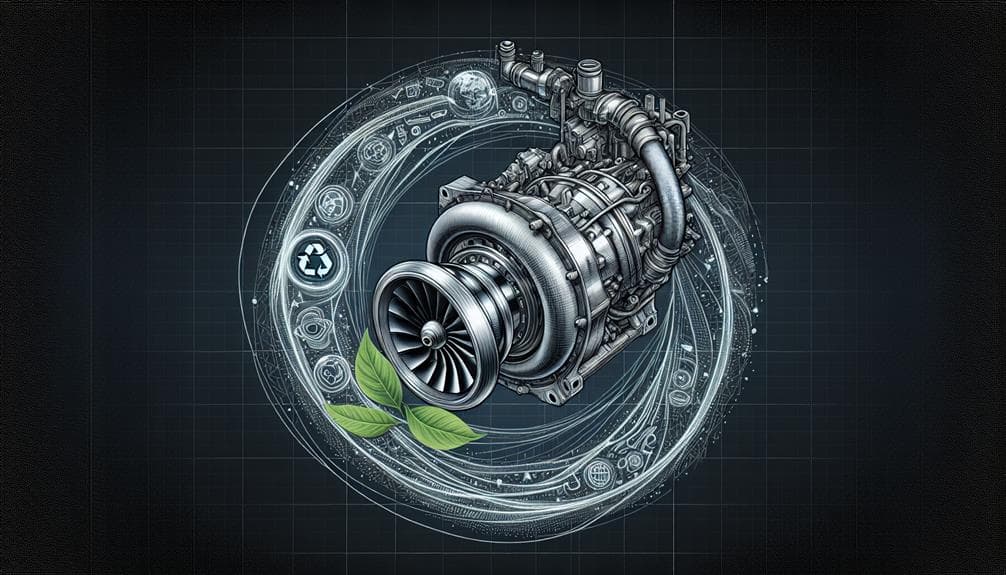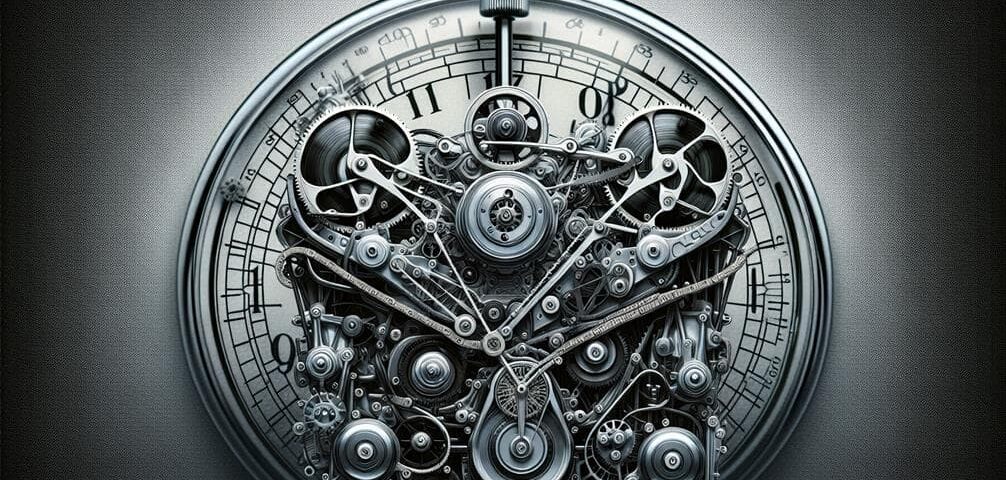
The Heart of the Machine: An In-Depth Look at Car Engine Mechanics
February 2, 2024
Turbocharged: Exploring the Power and Efficiency of Turbo Engines
February 2, 2024In the intricate world of automotive engineering, timing belts and chains play a paramount role in the overall performance of an engine. These seemingly inconspicuous components are fundamental in synchronizing the auto mechanic rhythm, thus ensuring the smooth and efficient operation of the internal combustion process. Timing belts, typically made of high-quality rubber, and timing chains, usually composed of metal, meticulously coordinate the movements of the camshaft and crankshaft, thereby controlling the opening and closing of the engine’s valves. Any discrepancy in their function can lead to a cascade of performance issues, including engine misfires or, in severe cases, catastrophic engine failure. Consequently, proper maintenance and periodic replacement – guided by the vehicle manufacturer’s specific recommendations – are imperative. While we have only scratched the surface of the importance of these components, it becomes apparent that the timing belt and chain’s role is far more than meets the eye.
Understanding Timing Belts and Chains
To fully appreciate the role of timing belts and chains in engine performance, one must first understand their fundamental functions and design aspects in the intricate workings of an engine. These components are pivotal in synchronizing the engine’s camshaft and crankshaft rotations. This synchronization ensures that the engine’s valves open and close at precise intervals during each cylinder’s intake and exhaust strokes, optimizing engine efficiency and performance. Timing belts, made of high-strength rubber, offer quiet operation and lower cost, but require regular replacement. Timing chains, on the other hand, made of metal, offer durability and a longer lifespan, but at a higher cost and with the potential for increased engine noise. Understanding these nuances allows for informed decision-making regarding engine maintenance and performance optimization.
The Impact on Engine Performance
Building upon our understanding of timing belts and chains, it is critical to examine their direct implications on engine performance. The engine’s efficiency and power output are directly influenced by the synchronization of the crankshaft and camshaft, a process governed by the timing belt or chain. If this synchronization is off, even marginally, it can lead to misfiring, decreased power output, and increased fuel consumption. Furthermore, a worn-out or broken timing belt can cause catastrophic engine damage, as it can lead to a collision between the pistons and valves. Consequently, maintaining the timing belt or chain in optimal condition is crucial not only for maximizing engine performance but also for preventing costly repairs.
Conclusion
In conclusion, the timing belts and chains play a pivotal role in engine performance. These components, often overlooked, are the backbone of an engine’s functionality. Their precise synchronization ensures optimal power output and fuel efficiency. Thus, timely maintenance and replacement of these integral parts are essential to prolong engine life and maintain its performance. Failure to understand their critical role can lead to serious engine damage, highlighting their significance in auto mechanic.





